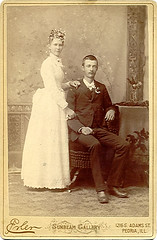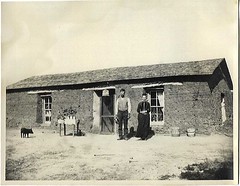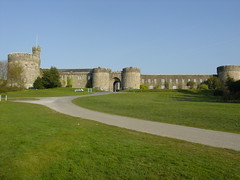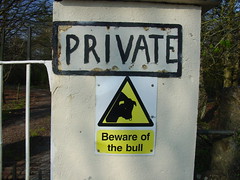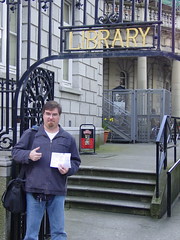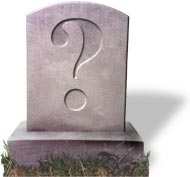The Cross of Iron
One of the best finds so far in my parent’s library isn’t a rare or particularly valuable book (as far as I know). It’s a great find because of the inscription which reads
Bill –
Best wishes for happiness always –
As Ever –
Jeanne 10/9/56 (2yr.)
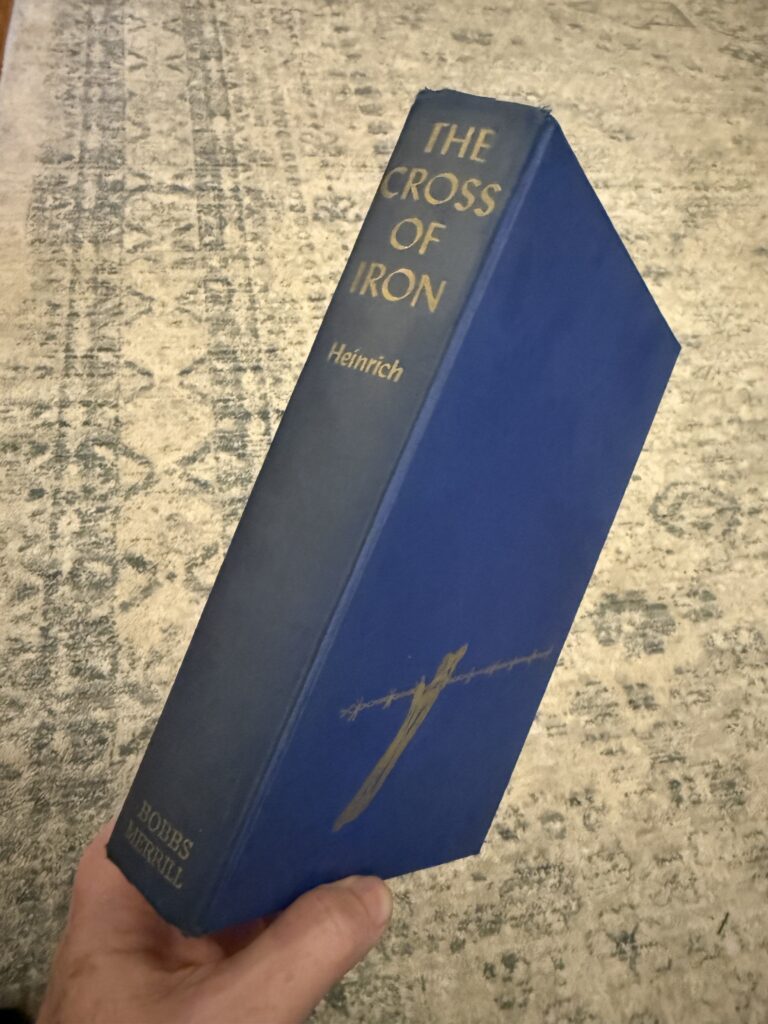
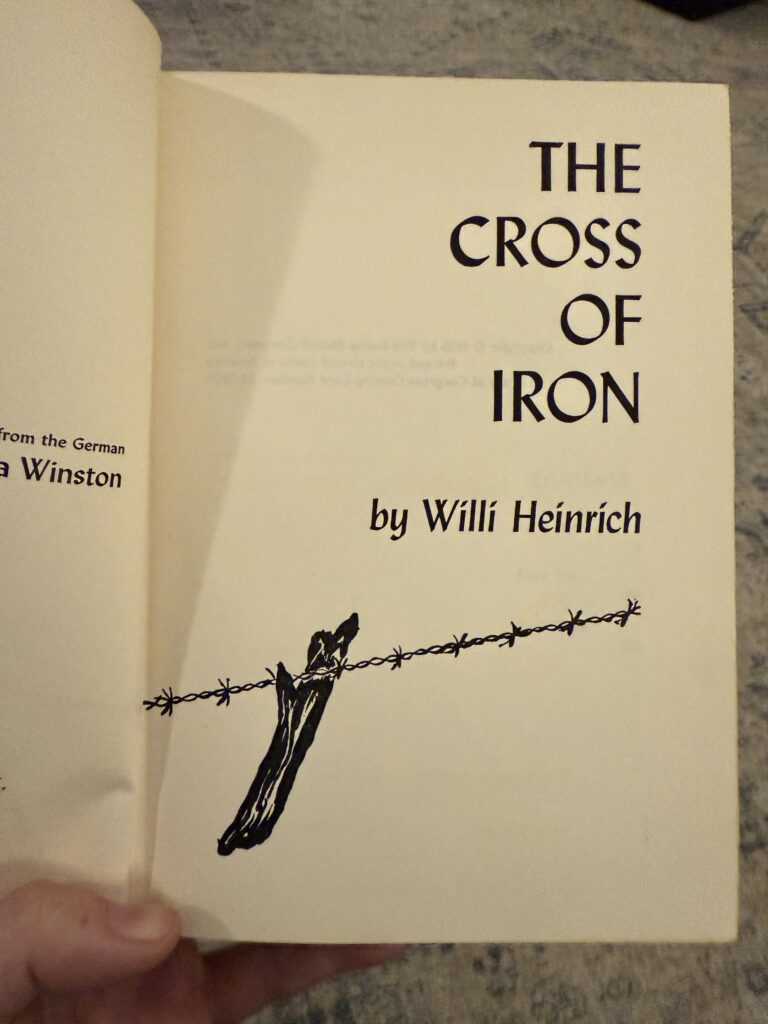
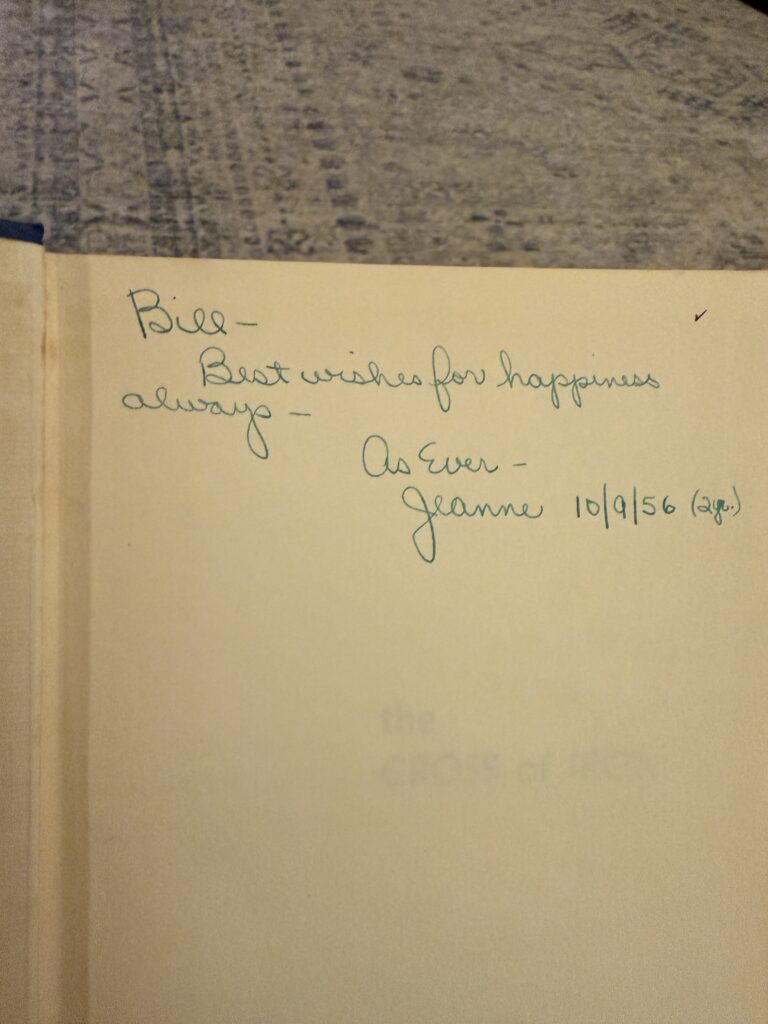
The book my future Mother was gifting to my future Father was a war novel called The Cross of Iron, written by Willi Heinrich, himself a veteran of the German army in WWII.
And I have MANY QUESTIONS! And only my ability to deduce and guess to answer them.
The first question is, what did the parenthetical ‘2yr.’ in her signing mean? My best guess is that it was an anniversary of them going steady? I originally assumed this gift was given while they were college students together at the University of Illinois. But math is magical, and calendars are steady… my father was 17 years, 8 months, and 19 days old when he received this gift. They were still students at Morton High School in Cicero, Illinois when Mom gave Dad this book. And they had been a couple for two years. Coincidentally, the first of their four children, a son named Sean, would be born exactly four years later on 10/9/1960.
My next question is, who gives a war novel about retreating Nazis as an anniversary gift? The book is a first edition, first published in english in the same year of 1956. My parents would have talked about books. So I have no doubt that Mom knew this was a book Dad was interested in, and that knowledge was what made it a suitable ‘anniversary’ gift for him.
My final questions are grammatical. I’ve long known that Mom had a phase when she spelled her own name with an extra ‘n’, turning Jean into Jeanne, because it was posh or something. I don’t know exactly when the extra ‘n’ appeared or when it went away. And what’s with all the hyphens Mom??
So I found the book, and now I’ve read the book. Holding in my hands, and turning the same pages that my 17 year old father turned. It was a good war novel. I dove deep into Wikipedia to learn more about the Caucus operations of the Soviet’s pushing German invaders back through Crimea in WWII. The current war in Ukraine adds some sad currency to the story.
As it turned out, 21 years later, the book was turned into a movie, starring James Coburn and directed by Sam Peckinpah. So naturally, when I finished reading the book, I called up the movie online and watched it, using some of today’s tech voodoo that those high school kids in 1956 could never have imagined.
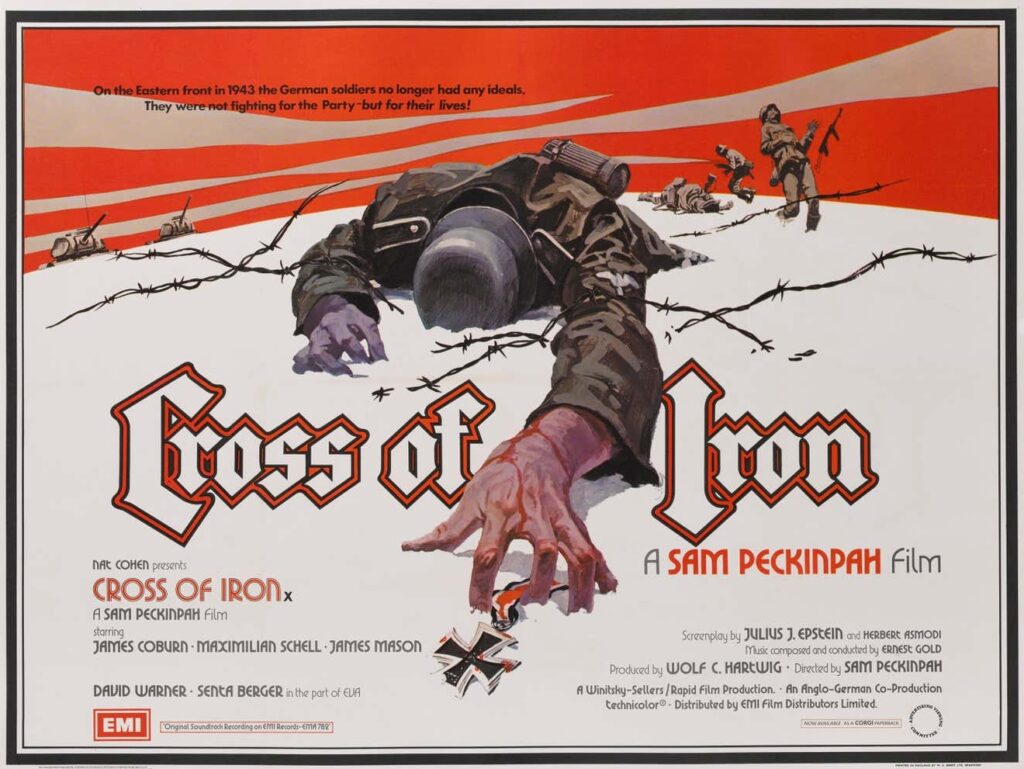
I watched a lot of movies with my Dad. I’d say that enjoying a good flick together was among our favorite pastimes. Once, when he and my Mom were visiting my family in Virginia, and enjoying their too few opportunities to grandparent, Dad and I pulled an all-nighter watching all of the Rambo movies. But, I have no memory of ever watching or discussing Cross of Iron with him.
Hollywood did what Hollywood does, and took many liberties with the source material. But the basic story remains intact. And James Coburn leads an impressive cast in an explosive overloaded war flick.
Anyway, I loved finding this book that Mom gifted to Dad. It was a wonderful reminder of the amazing value of adding an inscription to gift books. As I turned every page, I knew my younger Dad had done the same. Thanks Mom, for gifting a book your future son would read 68 years after you gave it to my Dad.

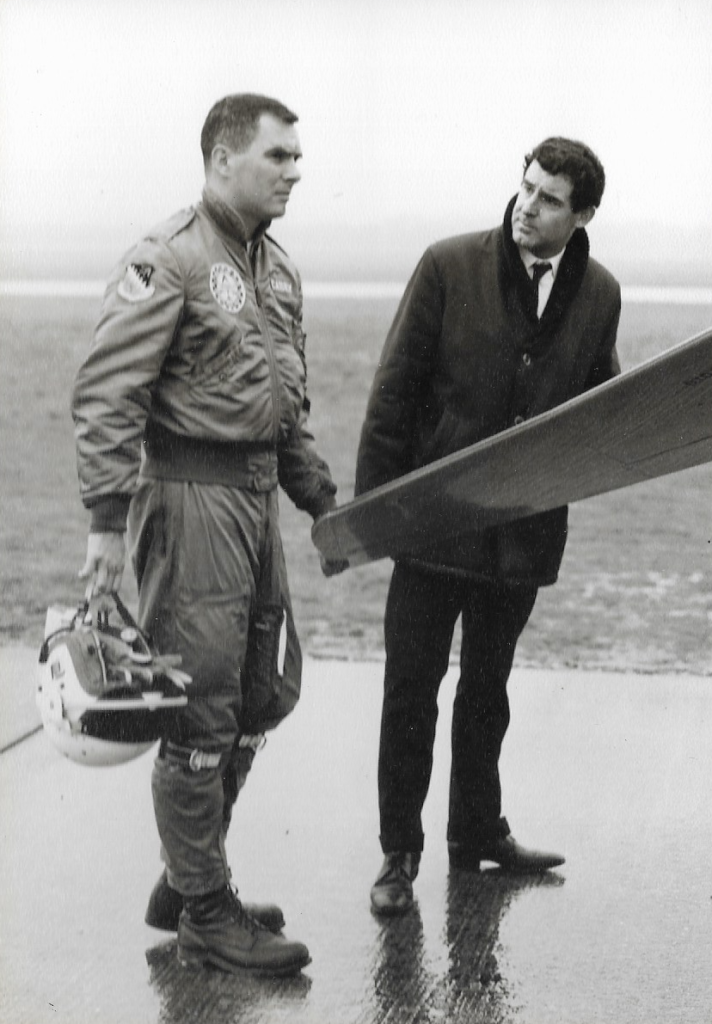
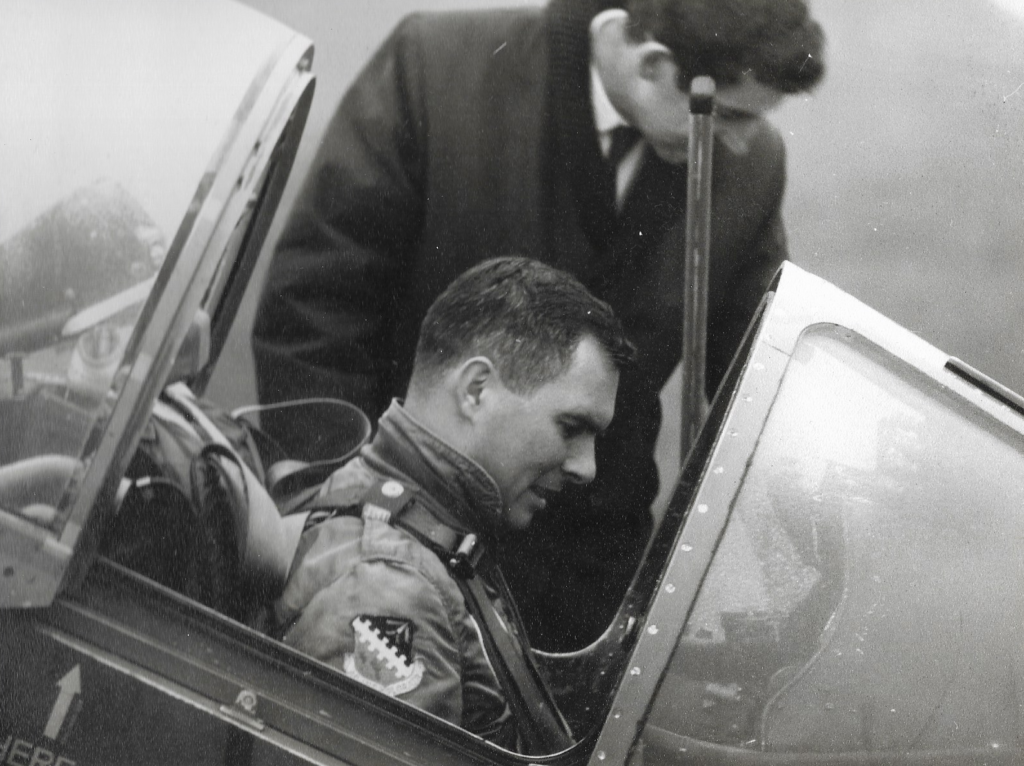
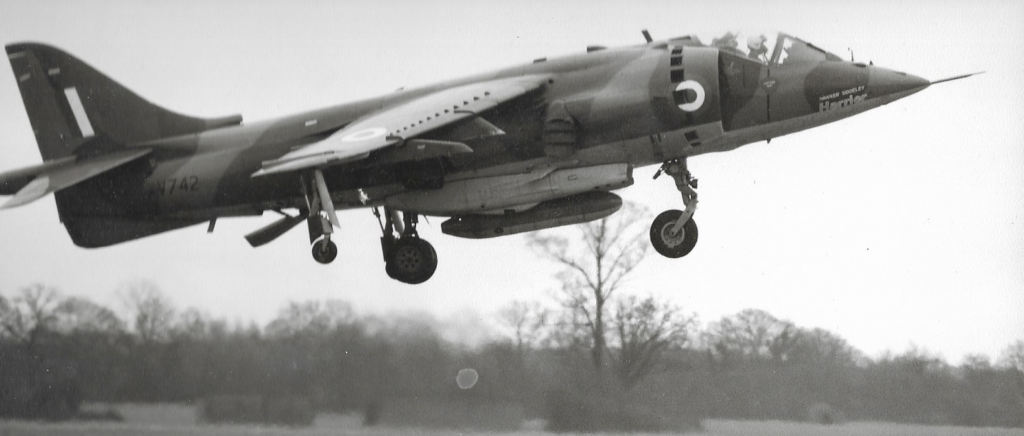
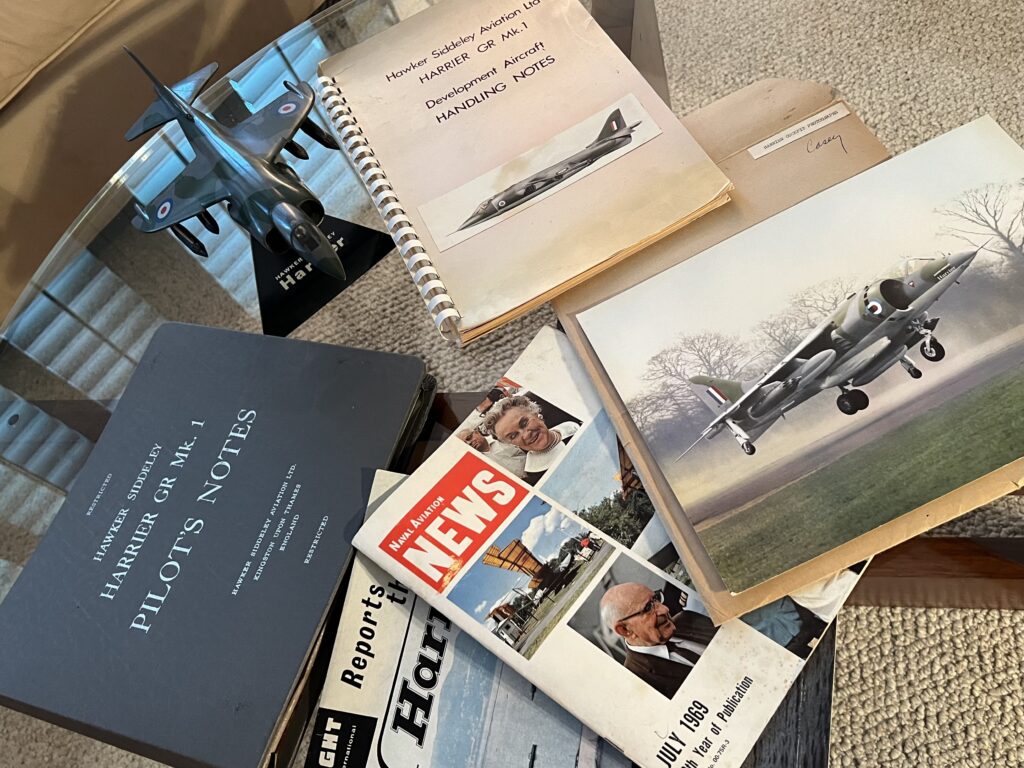
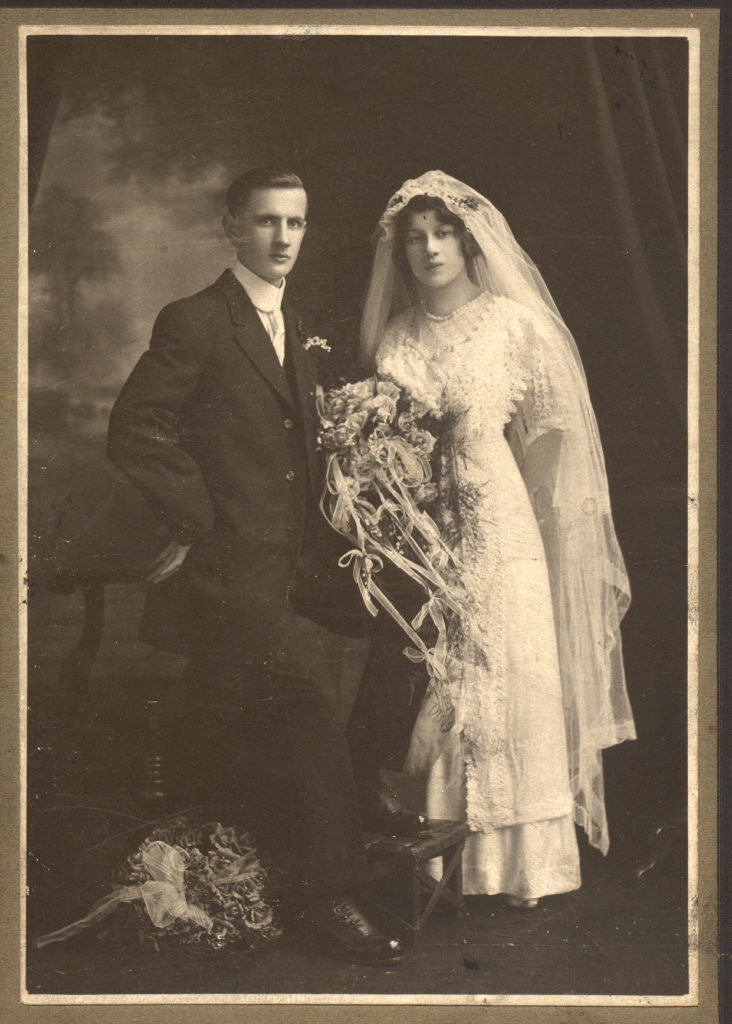


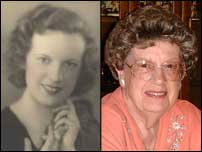 Today is my grandmother’s birthday. She would have been 95 years old, but sadly did not reach that milestone having passed away two months ago. She was the oldest of five children of
Today is my grandmother’s birthday. She would have been 95 years old, but sadly did not reach that milestone having passed away two months ago. She was the oldest of five children of 